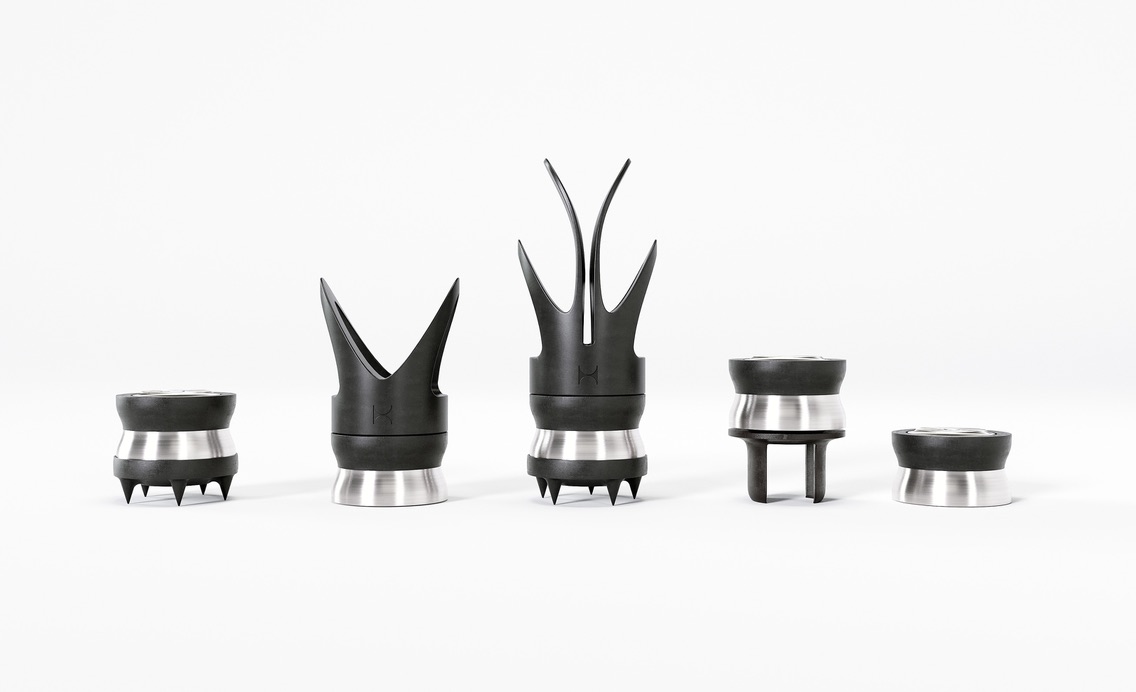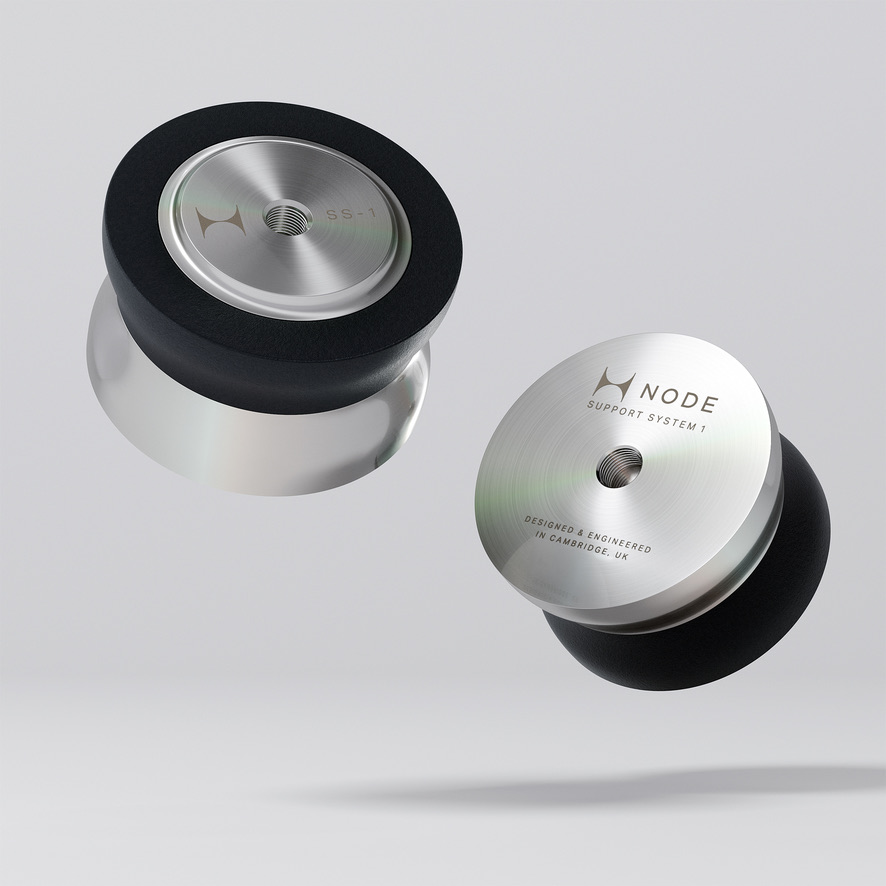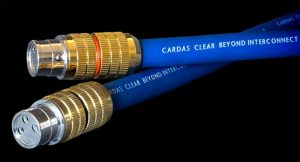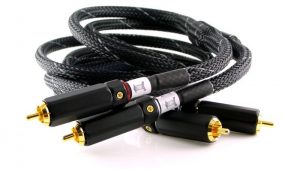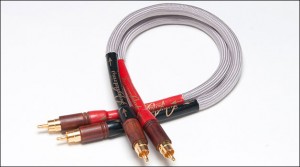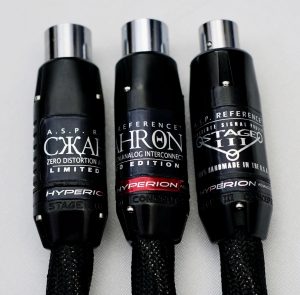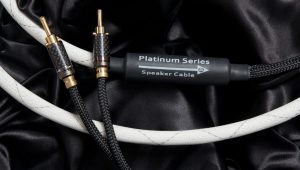Last Sunday marked a return to Town Hall, New York City, for a concert by ECCO (the East Coast Chamber Orchestra), a group of 18 youthful, professional string players. These guys (actually, most were female and Asian) were really digging in, using the full bow when they had to and, alternately, approaching near silence in delicate passage work. To put it mildly, the performance wasn't timid.
Sitting in our near-field row H seats in this medium-size hall, the immediacy and presence of their sound triggered a bolt upright reaction and our undivided attention. The sheer pressure on tutti passages was a force to be reckoned with, producing something approaching a somatic sensation in us. (This would not be the case if the venue was Carnegie Hall, where the greater cubic volume allows it to dissipate.) Lynn thought it was physical, even on moderato passages. Apparently, some people are more sensitive to this phenomena than others, but I've heard it mentioned often enough that I cannot dismiss it. Yet, the effect cannot be measured, either.
The ECCO string orchestra unleashed massive blocks of sound. Each collective section of the orchestra produced a dimensional object with the kind of coherency and integration that prevented you from disentangling the various frequency bands. The treble and bass meshed intricately with the midrange. These columns of sound were inviolable.
In other areas, the intonation and ensemble activity (entrances and departures) of the orchestra was nearly flawless. Oddly enough, it was this combination of superlatives that triggered my only complaint. A work like the Tchaikovsky Serenade for Strings, for example, really should be served with a dollop of schlag. Romantic era compositions aren't supposed to be dished up black. The ECCO was clean, precise, dynamic—a modern sound—that wasn't entirely appropriate for the earlier period compositions.
Tonal Deliciousness
Returning home, I boldly fired up the system to prepare for the judgement call: how far off was it? I put on the Weinberg Symphony No. 2, with the Kremerata Baltica, conducted by Mirga Gražinyte-Tyla (DG 483 6566). This was our first serious sit-down with the newly arrived Purist Audio Design Dominus interconnects in line. Well, the verdict did not take long. The sound was solidly in the ballpark, granted in much reduced scale, of course. I'm always surprised (and relieved) when these acid tests corroborate the choices we've made.
Musicality and Purity
The PAD Dominus ICs presented big blocks of inviolable, coherent sound with the frequency bands intricately woven together in a similar manner to the live event. The impression presumes a very high level of purity with no disturbing artifacts lurking, else the effect is lost, and there was no evidence of such gremlins. The Dominus put out bold transients and, to some degree, the sensory experience was there.
In a dissimilar manner, the Dominus addressed my complaint regarding Romantic era compositions by dishing up a moderate helping of schlag in the form of healthy amounts of flesh throughout the frequency range. Schlag adds fat, except in this case the abundant flesh was toned like muscle. Although the soundstage was precisely drawn and unambiguous, it wasn't the see-through transparency and sharply etched, thin images that some wires produce. On the contrary, Dominus objects could not be described as see-through.
Now I'll proceed to dig into each frequency band as best I can pull them apart, beginning with the low-end, since it is well-represented and makes a statement. A big ball of tone that is not loose, yet not too tight, it is also tuneful and punchy, providing a substantial underlay of broad support. The midrange is lively, expressive, with all the detail you expect to be there, but tends to step aside and recede from our awareness. The same can be said of the treble. Fully extended and slightly rounded so it avoids stridency, it doesn't call attention to itself. Actually, you won't find stridency anywhere in the frequency spread because there are no sharp or pointy edges.
Dominus images have soft shoulders that gently taper, while the soundstage has a smooth surface. The image borders eventually blend; this is not the hard edge with intervening empty space that you read about in wire reviews. The soft shoulders and smooth surface also insure against stridency, but there's a cost: there could be a bit more texture. Perhaps this is the only area where the Dominus struck me as less than excellent.
Design and Construction
Jim Aud started Purist Audio Design in 1986 to market his iconoclastic "water cables" and remains at the helm, only these days design work is shared amongst a team. PAD is one of the first generation of audiophile cable manufacturers. Given such longevity, the firm began to celebrate milestones, just like a married couple. Product lines stick around far longer than with most cable manufacturers, while receiving trickle-down advancements as they come about. Thankfully, that was the case regarding the Dominus line. From what I've read online, when it was introduced way back in the early 1990s, it was a behemoth and presented installation challenges for customers. The current iteration, while still of large diameter—to give you an idea, the Dominus XLR IC is only a little thinner than an audience frontRow power cord—is extremely flexible, doesn't weigh too much, and is a breeze to use and install.
Dominus IC below an audience frontRow PC on top
The Dominus balanced interconnects under review have seen the following upgrades:
- The Dominus line was redesigned from the ground up with technologies developed for the 25th Anniversary series. The metals in the alloy of the core conductors were revisited, leading to improved performance. The diameter of the cables was reduced for improved ease-of-use.
- The Luminist Revision in 2018 brought a redesign of the RCA connectors using beryllium copper and increasing the thickness of the gold plating. The XLR connectors were improved by using beryllium copper with gold plating on the pins.
- The 30th Anniversary brought further improvements in the metallurgy and also changes in the Fluid.
What's Fluid? PAD cables are famous for using a liquid surrounding the conductors. The liquid shielding technology provides two benefits: 1) reducing susceptibility to EMI/RFI contamination; 2) suppression of vibrations from its damping. Consequently, cable routing and management isn't as crucial as they are with other brands. The original material called Fluid was water-based. Over the years, Fluid was replaced by Ferox, "a doped silicon-based granular material." Currently, another material called Contego is used in many PAD models, which is a combination of Fluid and Ferox. The Dominus IC uses Ferox.
Visually, the cable is an uninterrupted length of black on black. It sports very good build quality and interesting proprietary terminations. Otherwise, nothing calls attention to itself. The conductors are a custom alloy of gold, silver and copper, arranged in a braided litz.
Burn-In
The Dominus IC has a recommended burn-in time of 300 hours, a good bit longer than many. I suppose this is due to the hefty build and construction. I got Jim Aud's approval to give the ICs time on the audiodharma Cable Cooker (2 1/2 days, which is at the high-end for interconnects), then followed up with 50 hours streaming Qobuz Radio to let them settle in.
Conclusion
It didn't take long to come to the conclusion that the Dominus interconnect from Purist Audio Design is a superior cable. Right away it passed the acid test. We attended a chamber music concert at Town Hall, a venue noted for its fine acoustics, and when we came home, I fired up the system. To our surprise and delight, there was no massive cognitive disruption. Of course, there was some mental disjunct, mostly having to do with the reduced scale at home, but the system with the PAD cables had enough aspects of the live event to convey the correct ear-feel.
The virtues of the Dominus IC include high purity, great slam, very dense tonality, and dimensional soundstaging. It is the antithesis of the wall of detail and sharply etched, thin images that some wires produce. Its warmth, rich timbres, fleshy images, and excellent flow position it towards the musical side of the often-used analytic/musical metric. This basket of qualities puts the Dominus Interconnect Cable on the short list of top contenders at its price point.
It's obvious the Dominus Interconnect will have great appeal to the music lovers among us. I feel lucky to have stumbled upon such an exceptional wire—count me in.
Dominus Interconnect Cable
Retail: $5984/m, $6669/2m
Purist Audio Design

















